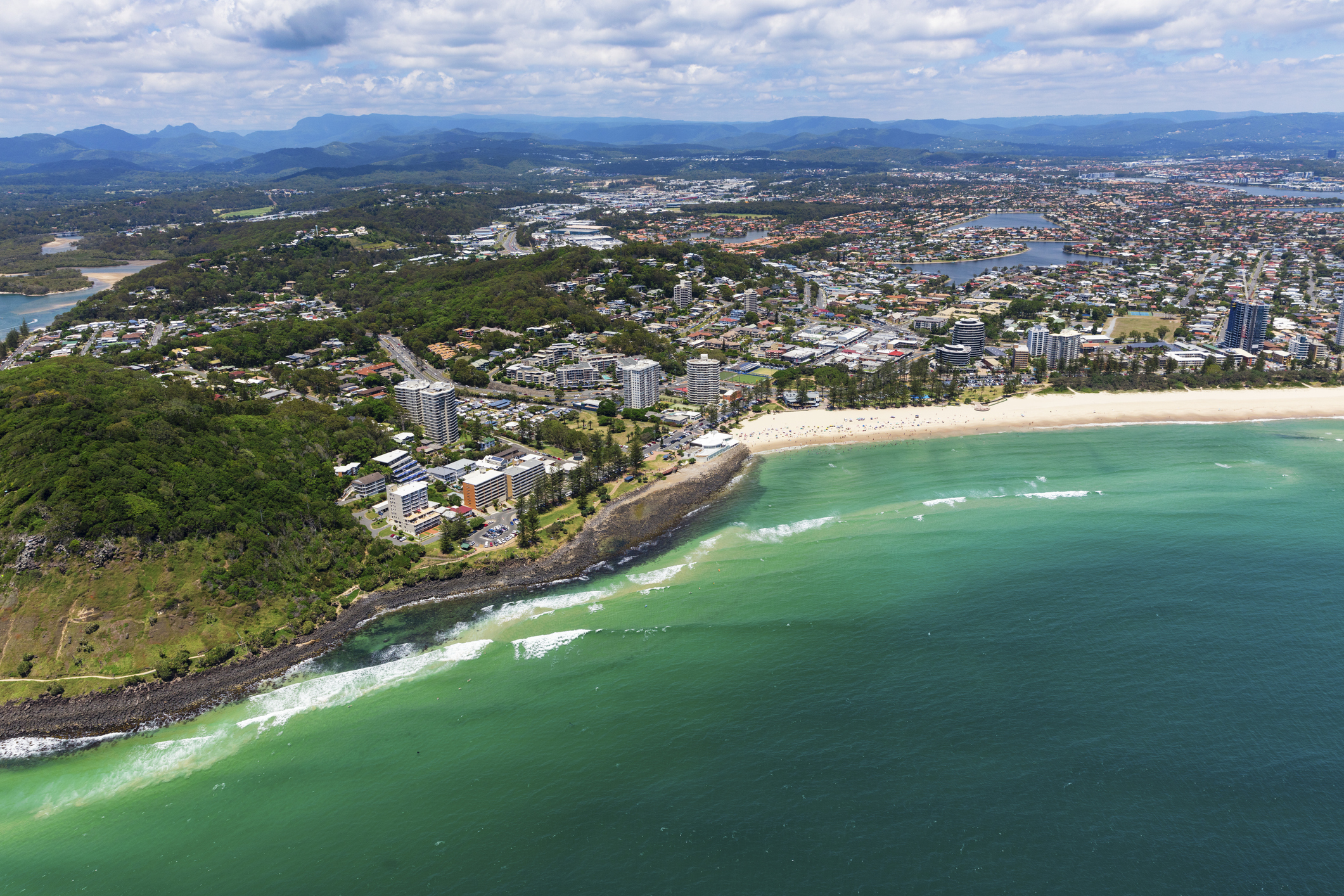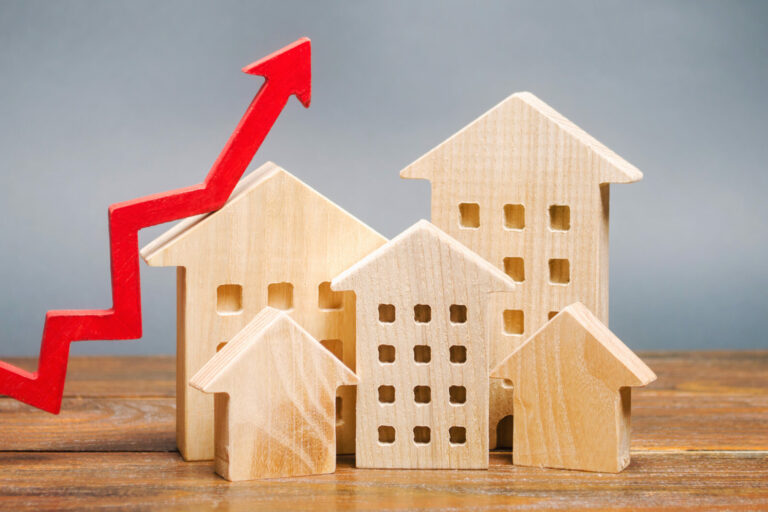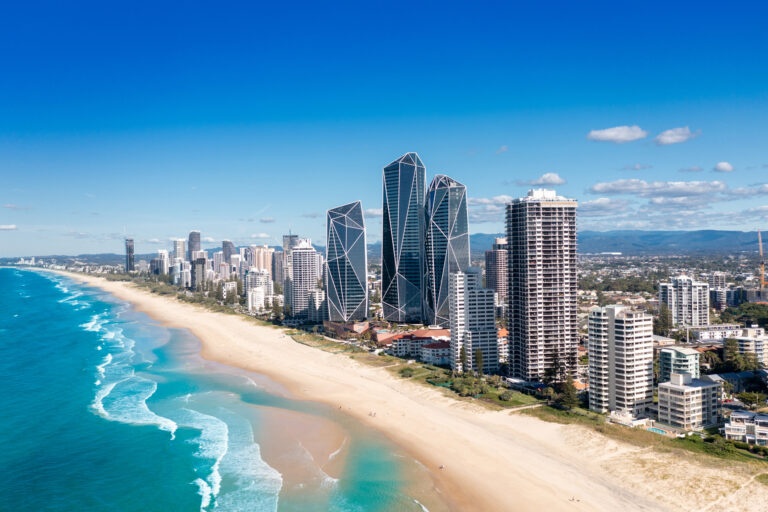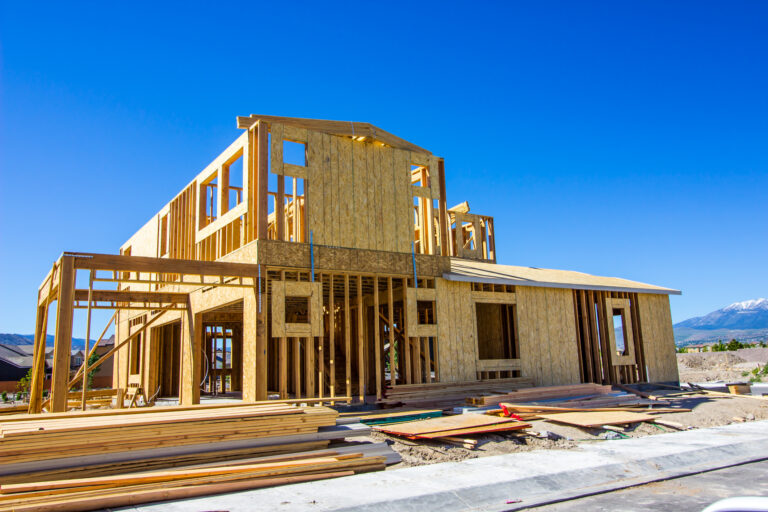This Week in Real Estate – 3rd September 2022

Coast Features Amid Growth Stars
New figures reveal there are 14 Queensland towns and suburbs with price growth of more than 50% in the past 12 months. According to the PropTrack Spring Market Report, the south-east of the state in particular performed very strongly in the past two years.
Within Greater Brisbane, Thorneside (52.6%) and Newport (51.6%) recorded price growth in excess of 50%.
Across Queensland, Alexandra Headland, Agnes Water, Jandowae, Warana, The Palms, Bokarina, Twin Waters, Charleville, Noosa Heads, Cooroibah and Paradise Point all achieved growth above 50%.
In the unit market, 20 regional suburbs or towns recorded growth of between 33.1% and 51.2%, including locations on the Gold Coast and in Cairns.
Jubilee Pocket in the Mackay-Whitsunday region achieved the top growth.
In Cairns units in Yorkeys Knob, Edmonton and Holloways Beach also made the top 20 list for price growth, while on the Gold Coast, Hollywell, Oxenford, Coomera, Burleigh Waters and Elanora had the highest unit price growth.
Move To Increase Homelessness
A push to forbid landlords from increasing rents for two years could cause more problems than it solves for tenants, according to industry experts.
Property Investment Professionals of Australia and the Property Investors Council of Australia say the push by The Greens – in Queensland, South Australia and elsewhere – could increase homelessness because more investors will leave the market.
PIPA Chair Nicola McDougall says the number of investors has been declining for the past five years for a number of reasons, including lending restrictions and continued legislative changes which are prompting many to sell up.
“One only needs to look to the severe rental crisis in Ireland at present, which came about because of government intervention including rent controls, sky-high tax, no deductions and eviction rules,” McDougall says. “Landlords have left the market in droves and there are only 700 homes available to rent in the entire country.”
She says The Greens proposal will see more investors (who provide over 90% of homes rented by tenants) leave the market.
House-Unit Price Gap Narrows
The price difference between houses and units has decreased as demand for units increases on the back of affordability issues.
CoreLogic figures show the premium for Sydney houses compared with units dropped by 2.2% to 67% in July, as growing numbers of buyers opt for apartments.
In Sydney, between May and July, the difference between the median house price and median unit price dropped from $574,366 to $539,883.
In Melbourne, the price difference between houses and units dropped to 57.07%, in Brisbane it dropped to 75.3%, in Adelaide 63%, and Canberra 67%.
According to CoreLogic the difference between house and unit prices blew out during the pandemic period as homebuyers sought detached housing.
But CoreLogic economist Kaytlin Ezzy says the rapid increase in house prices since then has priced out many house buyers, who have turned to the more affordable unit option.
She says as a result the unit sector has started to catch up with houses in terms of prices.
Doomsdayers Cause Needless Fear
Forecasts of falling dwelling prices are usually highly inaccurate and cause unnecessary fear among consumers, according to analyst Michael Russell.
Russell, the managing director of Money Quest & Buyers Choice, says housing forecasts have been inaccurate for decades.
He says rising interest rates are generally accompanied with an unreasonably negative outlook on dwelling prices – and this causes buyers to lose confidence.
Russell says the ‘doomsdayers’ are creating unnecessary stress and anxiety for borrowers and homebuyers with their pessimistic predictions.
“Dwelling price forecasters are always wrong – yes that’s right, always!” he says.
Two years ago, all four major banks predicted an 11% drop in dwelling prices between June 2020 and June 2021 – but, instead, prices rose by 21.5%.
Russell says today’s key economic indicators are better than those Australia experienced during the GFC and at the height of the pandemic.
More recently, while commentators were predicting big drops in prices between May and July 2022, Australian dwelling prices fell only 1.3%.





